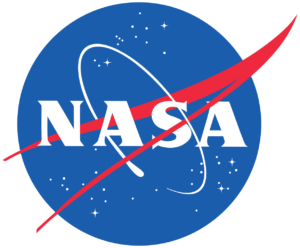-
Approximate program time: 2 hours
-
Next Generation Science Standards (NGSS) aligned
-
Common Core State Standards (CCSS) aligned

See All Free Lesson Library
Grade Level 3-9
Earth and Space Science
Stay In My Classroom
Explore our unique planet.
Engage your students in activities at different stations to learn about what makes Earth a unique and viable planet.
Our Blue Marble primarily focuses on Earth and space science themes, but it also integrates physical science and life science topics. While developed for students in grades 3-9, these lessons can be adapted for all ages.
Each station has 1-2 activities that do not need to be completed in any specific order. Students are encouraged to try as many activities as possible, but none are required.
Lessons with an asterisk * use common household items.
Energy Heat and Temperature Mapping
Students experiment with liquid crystals to see how energy affects the crystals, and measure the surface temperature of different materials.
Maps and Mountains*
Students create their own topographic map, and experiment with rain on a mountain range.
Microscope Exploration
Students use a variety of microscopes to observe and distinguish between plant and animal cells.
Sundials and Magnetism*
Students construct a paper sundial to learn about Earth’s position to the Sun, and perform experiments with magnets to learn more about the Earth’s magnetic field.
Renewable Energy*
Students set up a circuit powered by solar energy, and set up a circuit powered by wind energy.
Seeds*
Students learn about seeds by dissecting a lima bean seed, as well as plant a seed in two different ways to see how the seeds grow.
Earth's Atmosphere
Students observe and measure gas levels in the Earth’s atmosphere.
